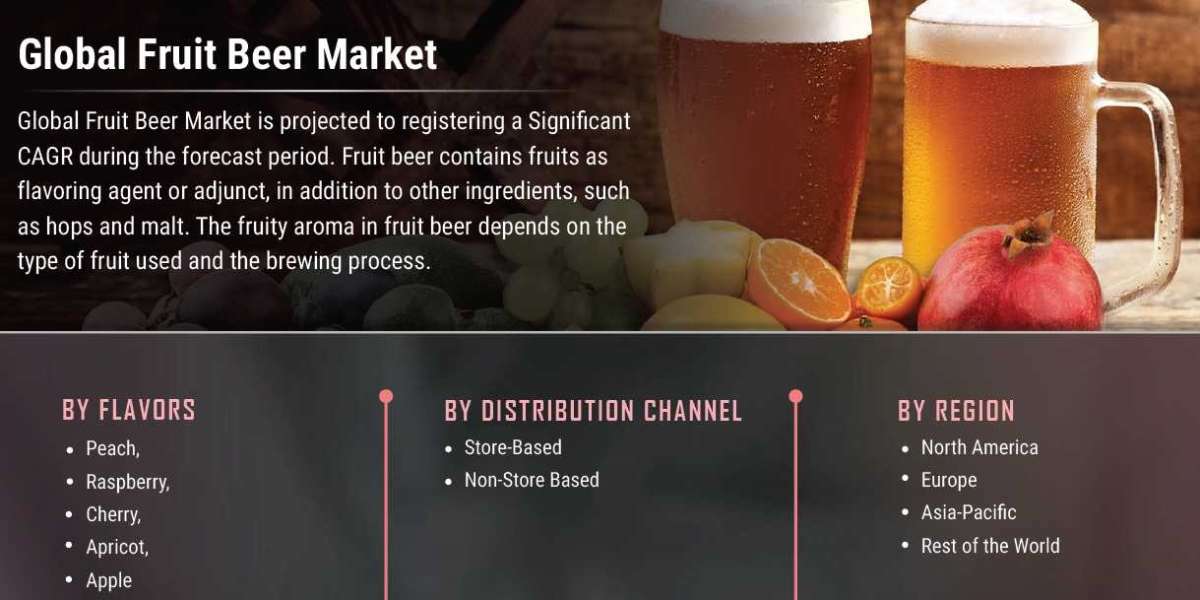The Snippet Tool and SEO Ranking Software
As a relative newcomer to the world of SEO ranking software towards the end of last year, the rate of the learning curve has been immense. I put this down to the fact that I was a complete beginner not even knowing what SEO was! As such, most things that I come across are new and exciting to me. In this post, I would like to write about a basic but very useful tool. You will see that its use lies mainly in the visible prediction of a Google SERP.
I came across a site very recently that not only provides a count of the characters in the most important meta tags (title and description) it also gives you a preview of what the Google listing would look like. As we know, Google tends to cut off the title after about 70 characters so it is good practice to have a limit and prioritise it as a resource for the primary keywords. The meta description should also be keyword rich but be much more descriptive and relevant to the business and web page it is written for. Google will cut off meta descriptions after 150 characters leave ‘…’ which looks a lot less professional. Again, sticking within the limit could improve the click-through rate if a user can simply read a description that doesn’t appear to be half missing.
I have found the snippet optimization tool useful when having to add optimisation to a website at the beginning of an SEO campaign. It is also invaluable as a tool to check the standards of existing sites and find areas of internal SEO that could be improved upon. I have used it just to copy and paste the content of the meta tags from an older site to check how it looks and whether the number of characters needs reducing.
In the example from an older existing site, I found that some of these meta tags on optimised pages did not meet these standards. I made a small adjustment to the page title so that it made the best use of the primary keywords and was within the character limit. The campaign has changed a little more recently and changes in search volumes made the priority of keywords change. I had to reflect this internally on the website. I also updated the meta description so that it was more fitting to the business as it is now, met the limit of characters and made the best use of the keywords. The result of this was an increase of two positions in the rankings and well worth doing.








